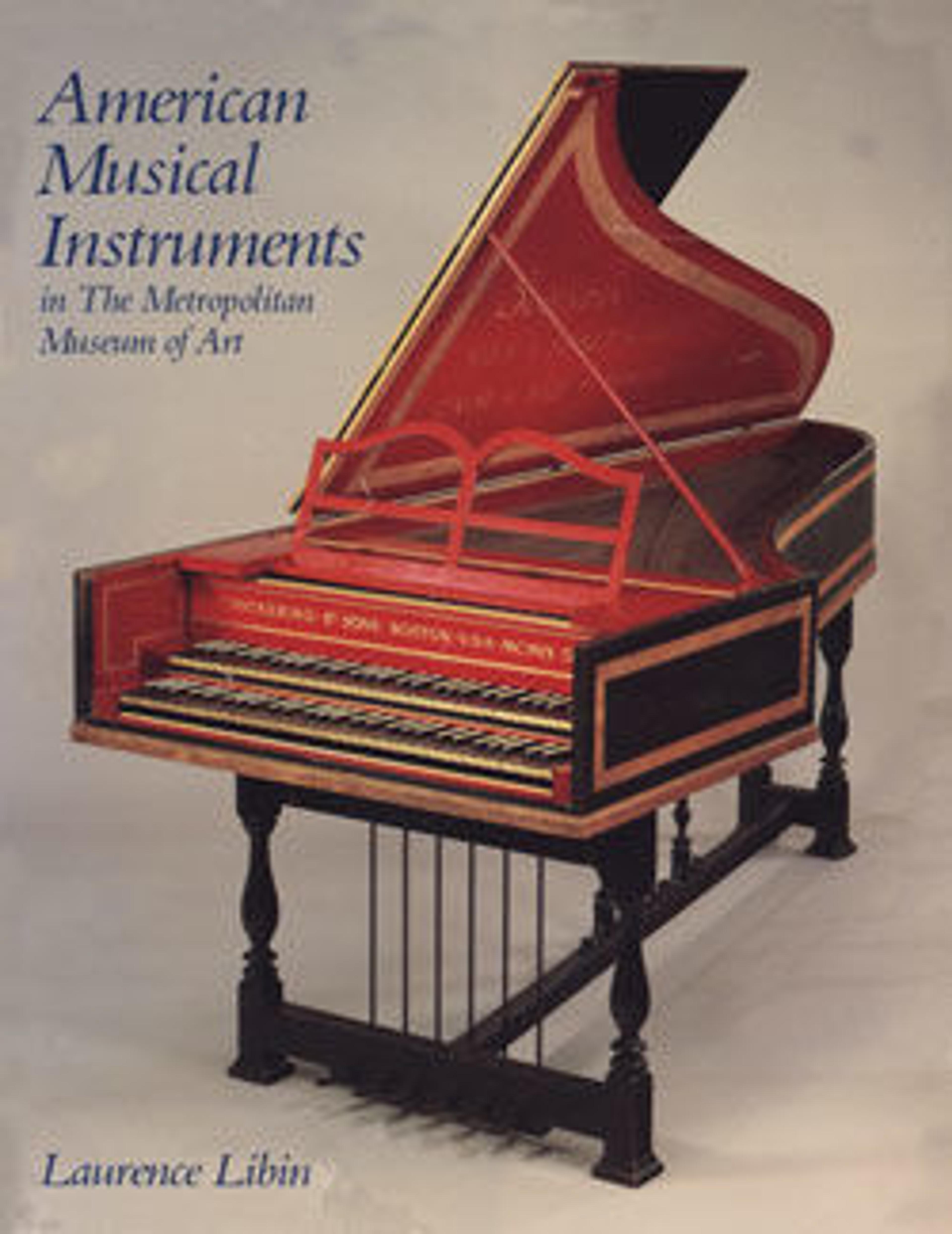Bass Drum
While side (snare) drums were part of the military "field music" and used regularly in the army, the much larger bass drum had a very different traditional usage. The bass drum was typically paired with cymbals and came to European music from the influence of Turkish janissary bands. In those ensembles, the bass drum and cymbal played along with trumpets, and loud double reed instruments. The bass drum and cymbals became signifiers for "Turkish" style music, as can be found in compositions by Mozart, Beethoven, and other classical composers. The instruments were also used in European military bands and eventually in similar bands found in the United States.
Technical description: Wood shell, one piece bent around and glued. Reddish-brown varnish. Painting around the vent hole consisting of a yellow and blue floral design within a large circle. Rope tension with fourteen leather tugs. Wood rims painted red. Fourteen metal hooks over which the rope loops. Calfskin heads.
Technical description: Wood shell, one piece bent around and glued. Reddish-brown varnish. Painting around the vent hole consisting of a yellow and blue floral design within a large circle. Rope tension with fourteen leather tugs. Wood rims painted red. Fourteen metal hooks over which the rope loops. Calfskin heads.
Artwork Details
- Title: Bass Drum
- Maker: John G. Pike (American, Plymouth, New York 1815–1884 Norwich, New York)
- Date: 1860–80
- Geography: Norwich, New York, United States
- Culture: American
- Medium: Wood, parchment, leather, metal
- Dimensions: Diameter ±68.7cm (±27 1/16 in.); Depth 44.3 cm (17 7/16 in.)
- Classification: Membranophone
- Credit Line: The Crosby Brown Collection of Musical Instruments, 1889
- Object Number: 89.4.2523
- Curatorial Department: Musical Instruments
More Artwork
Research Resources
The Met provides unparalleled resources for research and welcomes an international community of students and scholars. The Met's Open Access API is where creators and researchers can connect to the The Met collection. Open Access data and public domain images are available for unrestricted commercial and noncommercial use without permission or fee.
To request images under copyright and other restrictions, please use this Image Request form.
Feedback
We continue to research and examine historical and cultural context for objects in The Met collection. If you have comments or questions about this object record, please contact us using the form below. The Museum looks forward to receiving your comments.
